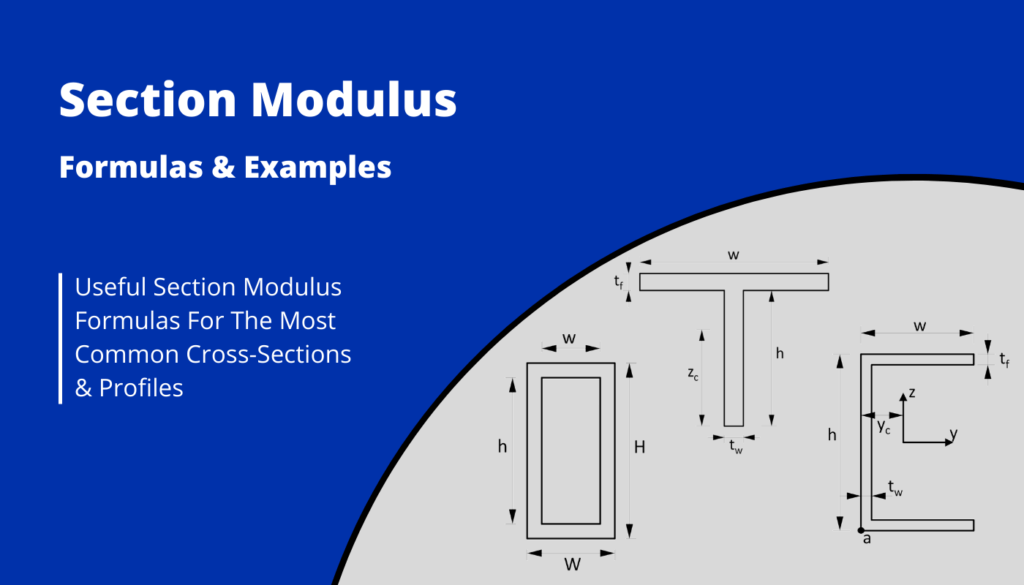What Are the Different Types of Sections?
There are several types of sections that serve different purposes depending on the context. Some common types include:
- Administrative Sections: These sections contain information about the administrative aspects of a document or organization, such as contact details, policies, and procedures.
- Content Sections: These sections present the main content or information of a document, such as chapters in a book or articles on a website.
- Navigational Sections: These sections help users navigate through a document or website, often including links, menus, or indexes.
How Do Sections Enhance Document Clarity and Organization?
Sections play a vital role in enhancing the clarity and organization of documents, websites, and other materials. By dividing content into distinct sections, readers can easily locate specific information and understand the structure of the material. Sections also help improve readability by breaking up large blocks of text and creating visual hierarchy. Additionally, sections make it easier to update or modify specific parts of a document without affecting the entire content.
Why Is Proper Sectioning Important in Web Design?
In web design, proper sectioning is crucial for creating user-friendly and accessible websites. By structuring web pages into clear sections, designers can improve navigation, readability, and search engine optimization. Sections help visitors quickly find the information they need and understand the purpose of each page. Additionally, well-defined sections make it easier for screen readers and other assistive technologies to interpret and present the content to users with disabilities.
What Is Sectioning in Coding?
In coding, sectioning refers to the practice of dividing code into separate sections or blocks to organize and manage the programming logic effectively. This approach helps developers improve code readability, maintainability, and scalability. By structuring code into logical sections, programmers can easily locate and modify specific functions or features without disrupting the entire codebase. Sectioning also promotes code reusability and collaboration among team members working on the same project.
How Can Sections Improve Collaboration in Team Projects?
When multiple developers are working on a project, dividing the code into sections can streamline collaboration and reduce conflicts. Each team member can focus on a specific section of the codebase without interfering with others' work. This division of labor enhances productivity, minimizes errors, and facilitates smoother integration of individual contributions. By establishing clear sections and guidelines for coding practices, teams can work more efficiently and deliver high-quality software products.
What Are the Best Practices for Sectioning in Coding Projects?
When sectioning code in coding projects, it is essential to follow some best practices to ensure consistency and maintainability. Some tips for effective sectioning include:
- Use Meaningful Section Names: Choose descriptive names for each section to convey its purpose or functionality clearly.
- Limit Section Length: Keep sections concise and focused on a single task or feature to avoid complexity and confusion.
- Provide Comments and Documentation: Include comments and documentation within sections to explain the code's logic, variables, and functions for better understanding.
Understanding Respiraciones Por Minuto Bebe
What Does The Judicial Branch Do?

What Is Section And Elevation
How to Read Sections — Mangan Group Architects Residential and

Section Modulus Formulas For Different Shapes {2024} Structural Basics